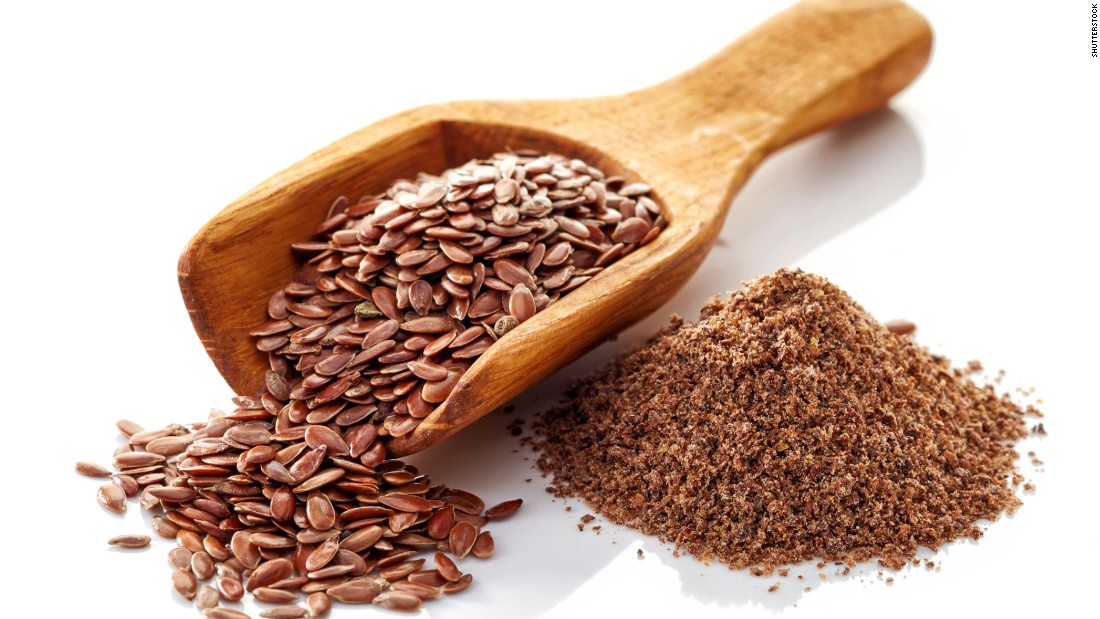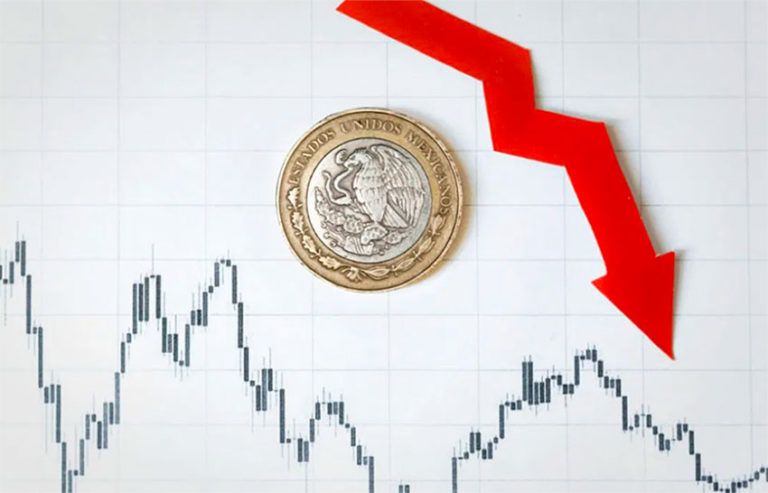by Brocky Wilson
02/02/2021 / – Flaxseed oil may not be as popular as other kitchen oils, but it sure ranks among the healthiest. Sometimes called linseed oil, flaxseed oil is made from ground and pressed flaxseed, a delicious superfood rich in omega-3 fatty acids and other important nutrients.
The Ancient Greeks and Romans loved snacking on flaxseed to boost their nutrition. Meanwhile, in the middle ages, Charlemagne was such an ardent believer of flaxseed’s health benefits that he ordered his people to eat more of it.
If you’re looking to bring more flavor to your diet while keeping things healthy, flaxseed oil is an excellent choice. It has a crisp, nutty flavor and an aroma reminiscent of sunflower seeds. Add it to cereal, smoothies, salads and other raw meals to enrich their taste. Take note that flaxseed oil is best eaten raw due to its low smoke point, meaning it burns easily.
7 Health benefits of flaxseed oil
Here are a few reasons to add more flaxseed oil to your diet:
- Lowers cancer risk
Flaxseed oil stands tall among anti-cancer superfoods. It’s a rich source of phenols known to reduce breast cancer risk and is packed with linoorbitides, potent antioxidants known to protect suppress tumor growth. Moreover, it has the highest level of omega-3 alpha-linolenic acid (ALA) of any vegetable oil. Research shows that ALA helps curb the growth of cancer cells and even eliminate them outright.
- Boosts heart health
Many cooking oils are often held in contempt because they worsen heart health – but not flaxseed oil. Omega-3 eicosapentaenoic acid (EPA) and docosahexaenoic acid (DHA) keep your blood pressure and cholesterol levels in check, and studies show that flaxseed oil supplements can increase EPA and DHA levels in the body. This is because the body converts ALA to EPA and DHA upon intake.
- Reduces inflammation
Though inflammation is a perfectly natural response to infections, it can spiral out of control and persist for a long time, which can contribute to serious conditions like heart disease, cancer and Type 2 diabetes over time.
Thankfully, flaxseed oil is rich in omega-3s. Studies show that these healthy fats can reduce the production of pro-inflammatory molecules. Many researchers have also observed a consistent link between higher omega-3 intake and reduced inflammation.
- Aids digestion
Constipation causes uncomfortable sensations that can put a damper on your day. If you ever get constipated, be sure to add more flaxseed oil to your diet. It has laxative properties proven to aid in digestion and cleanse your bowels.
A study of hemodialysis patients shows that daily supplementation of flaxseed oil can relieve constipation. Another study, this time of people with irritable bowel syndrome, found that flaxseeds help lower inflammation associated with constipation and diarrhea.
- Makes skin look younger
Want better skin? Eat more flaxseed oil. Thanks once again to its rich omega-3 profile, the oil can make your skin look younger and more radiant. One study shows that omega-3s offer protection against skin problems like premature skin aging, hyperpigmentation, skin cancer and dermatitis symptoms like dry skin.
Other studies also suggest that flaxseed oil helps lower skin cell inflammation and repair damaged skin. The oil can further support skin health due to its high ALA content. Low ALA levels in the body have been linked to skin problems.
- Promotes weight loss
Many diets have a reputation for being bland, but that’s not necessarily true. Nutty and richly textured, flaxseed oil is a delicious superfood that sits squarely with your weight loss plans. It suppresses your appetite and keeps food moving along your digestive system. Dieters can go nuts over this one and still keep their weight off.
- Reduces menopause symptoms
Menopause causes symptoms like hot flushes, poor sex drive and difficulty sleeping that can make anyone grumpy. Fortunately, flaxseed oil is a terrific remedy for menopause symptoms. One study of menopausal women shows that flaxseed oil supplements can decrease hot flashes and improve quality of life.
Kitchen oils come aplenty, but few satisfy your dietary and culinary needs quite like flaxseed oil. Tasty and nutrient-rich, this oil confers a wide range of health benefits while bringing more flavor to meals. Add more flaxseed oil to your diet and eat it raw. With its low smoke point, this superfood works best in salads, sauces, juices and desserts. (Natural News).









